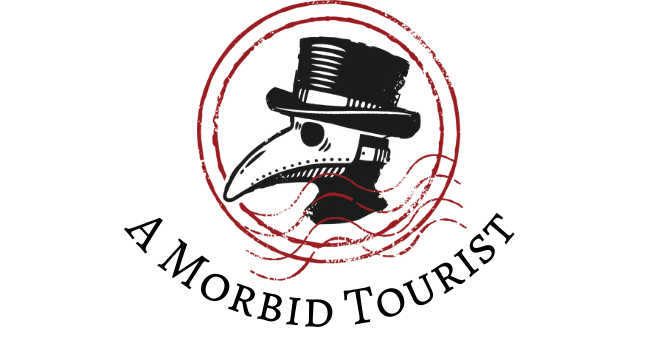The current churchyard at the Priory is a nice idea. To survey wildlife and conserve the area, the Diocese of York teamed up with the Yorkshire Wildlife Trust to create a ‘living churchyard’. Essentially, they let the local grasses and wildflowers grow all over the place. In turn, this encourages flora and fauna to stay in the habitat. The local plants benefit important pollinators like bats and bees, as well as enticing birds and insects of all kinds to hang out there.
In addition, they’ve made various hides for local critters including a stone pile, wood pile, and compost heap.
Imagining all the little hedgehoggies nestling in the wood makes me so happy!

